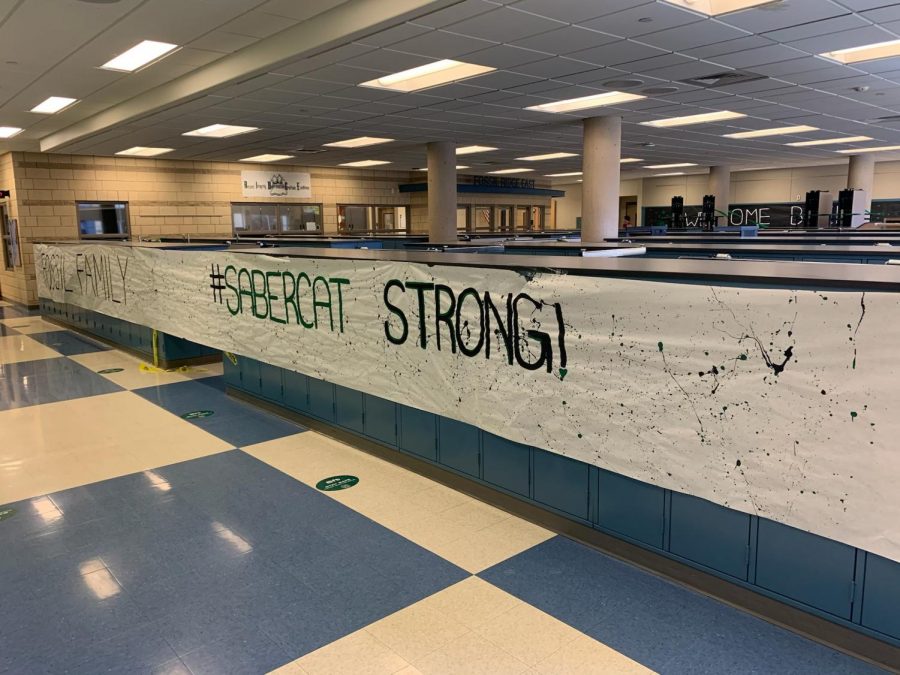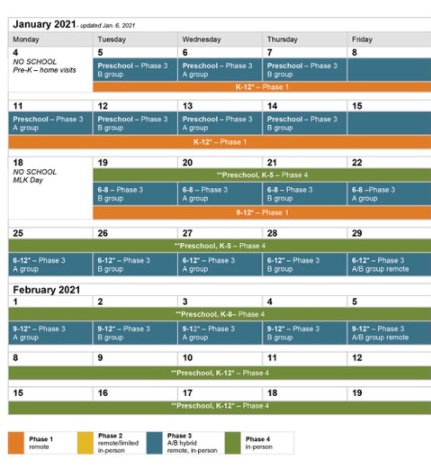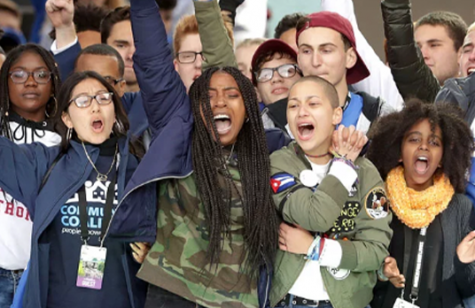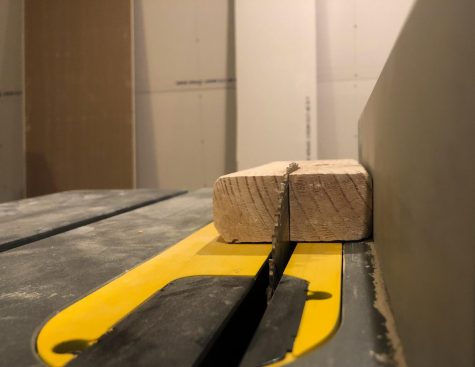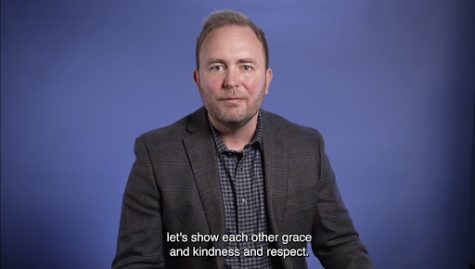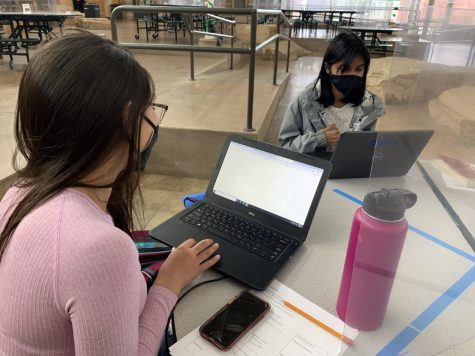Opinion: How hybrid learning is affecting teenagers
The East Wing locker bay of Fossil Ridge High School has blocked off the lockers to eliminate contact.
As of October 19, 2020, Fossil Ridge High School students have returned to the building to begin hybrid learning, which is a mix of in-person and online learning. Students have been classified into either Group A or Group B, which determines if the person comes on a Monday/Wednesday schedule or Tuesday/Thursday. The school is covered in signs enforcing social distancing and new school rules surrounding COVID-19. Facial masks are required to enter the building and each student has been given a lanyard to hold their school ID for easy identification.
Many students have varying opinions on the topic. In my opinion, I do not think the district should have opened schools so soon with the current state of the pandemic. As a high school student, I learn best with a definite routine. The best option would have been to go fully in-person or fully online, and I do not believe attending school fully in-person is possible at this time.
As a senior, AP student Kaley Planansky says that learning at a faster pace makes hybrid learning more challenging because there “isn’t much time to just sit and process what you have learned because it’s a semester worth of content all packed into a quarter.” A large part of in-person schooling is the social interactions made between one another, which is lost for a lot of Fossil students and staff at this time. Planansky says, “…one thing that’s really missing is the relationships made between both students and teachers and the class dynamics that you really miss out on unless you’re in person.” Similar to my own opinion, Planansky believes that going back to school was a bit rushed, but she understands why it needed to happen for mental health reasons. However, she pointed out that the additional protocols add stress to the learning and they take away the comfort of a normal school year. She is overall happy to be back in the building and states that “although I can only see half of the people, it’s good to see faces not on a screen.”
Most seniors are missing out on the final chapter of their high school career, since events such as football games, rallys, homecoming, and more are not options during this time. From the seniors I have talked to, they are happy to be partially back in school and are looking forward to things getting as back to normal as possible.
As an AP student, junior Emily Houska says that when in class, she finds it distracting that the teachers have to cater to the online group as well, but she is well aware of the severity of the situation and is alright with helping her peers online. She explains that the rumors are true: junior year is the most draining year of high school, and Houska says it is “difficult to comprehend all the information when you are receiving half of it over a screen.” Houska is prepared for this quarter and is excited to be face to face with her classmates.
Gina Curtis, a junior currently enrolled in five AP classes, is adjusting to the new hybrid learning schedule well. Curtis believes that hybrid learning makes it difficult to comprehend conceptual classes, such as Calculus and AP Physics, because they are more hands-on and collaborative classes. Like most students, Curtis says “I can’t comprehend concepts as well as I normally would without daily classroom discussions and collaboration with my peers.” She believes that the district prematurely decided on entering schools again because it is simply not safe to be around others during a global pandemic.
While opinions are incredibly varied across the board, it seems that hybrid learning will continue, at least for the time being. As more students adjust to this new environment, it will be interesting to see how hybrid learning changes everyone’s opinions.
Your donation will support the student journalists of Fossil Ridge High School. Your contribution will allow us to purchase equipment and cover our annual website hosting costs.
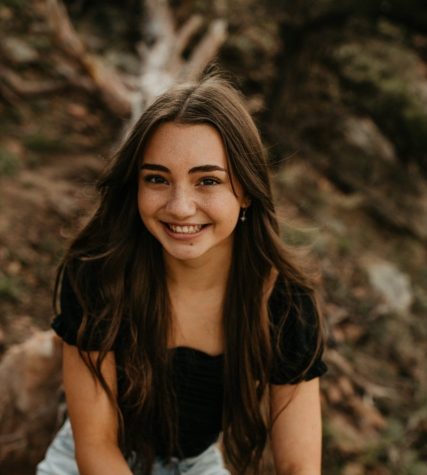
Kelly Colanto, a senior, is starting her fourth year as a part of Etched in Stone. In past years, Colanto has worked on editing articles for her classmates and hopes to continue and improve this role throughout the school year. Her hard work has earned her the position of Head Copy Editor, ensuring the...
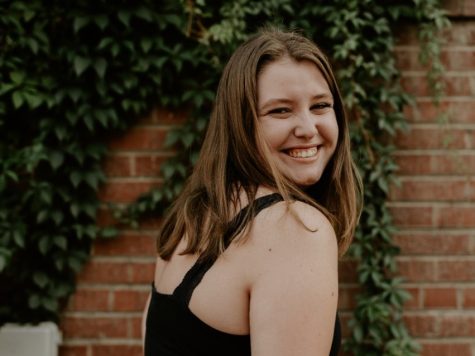
Melissa May, a senior, is ecstatic to be starting her fourth year as an Etched in Stone staff member. She is excited to be back writing for the newspaper and is optimistic heading into the semester despite the unusual circumstances. She is thrilled to take on the role of Editor in Chief alongside Caroline...



